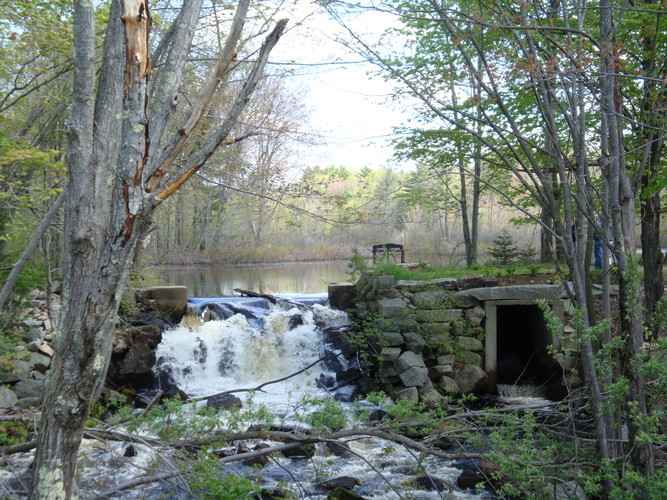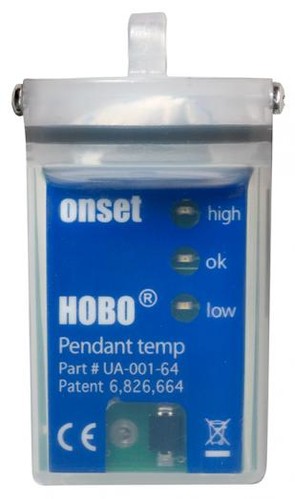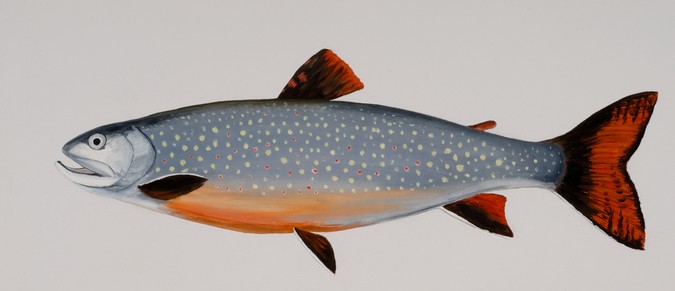The Wrack
The Wrack is the Wells Reserve blog, our collective logbook on the web.
The Wrack is the Wells Reserve blog, our collective logbook on the web.
The Wells Reserve conducted a study of water temperature in the Mousam River during the summer of 2013. What we found were conditions that do not support native coldwater fish species during the most critical time of the year.
To learn more check out our report on what we found:
Fish are generally confined to the water. They breathe through gills, don't have legs, prefer to eat aquatic insects, etc… (actually some did manage to get out, but it took millions of years). But that doesn't mean they don't move around. In fact fish do a great deal of moving around to locate food, escape being eaten, and find a suitable place to lay their eggs. For some species this involves traveling great distances and even moving back and forth between the ocean and rivers. Other species stay closer to home and spend their entire life in one environment or another. But for these "resident" fish it is still important to be able to move within their local stream networks to complete their life history.

Human activity can sometimes inhibit the ability of fish to move in streams. Dams and culverts often restrict movement of fish from one part of a watershed to another, and this can have a tremendously negative effect on populations of native fish. This is particularly true in the summer when air temperatures are heating up and rivers start to get warmer. At these times, native species like brook trout tend to start looking for cooler water to take refuge in until the cooler fall season arrives. If dams and culverts prevent the movement of fish it's a lot harder to find these cold water "refugia" as access to the smaller tributary streams is often cut off.
In addition to creating these blockages, dams and undersized culverts can create impounded areas, turning rivers and streams into something resembling a narrow pond. When this happens, the water in the impoundments heats up faster during the day due to the greater surface area and slower flow. Once the water gets heated up, it also tends to cool off more slowly since there is a larger volume of water in the impounded areas. Add to that drier periods in the summer with less rain and conditions for these fish can degrade pretty quickly.

In the Mousam River, there are several impoundments in close proximity to each other. We wanted to understand what the conditions were like in the impoundments as well as the free flowing reaches in between. To better understand these conditions, temperature measuring devices were installed throughout the lower river where they collected temperature readings every 15 minutes all summer long. The data collected from these "temperature loggers" showed conditions that were not healthy for native brook trout, based on scientific information on the conditions necessary for them to grow and survive. Growth and survival are closely linked, and when water temperature rises fish tend to slow down their metabolism or stop feeding altogether. This means that they are smaller and less fit to carry out the day-to-day activities critical to their survival. Our study revealed chronic periods of high water temperature, sometimes lasting a month or more. Under these conditions, we would not expect a brook trout to last long.

There was one exception in a small tributary called Cold Water Brook. This stream flows out of Cold Water Pond in the Kennebunk Plains, and as its name suggests it is fed from cold sand a gravel aquifers. The headwater pond is recognized as one of the state's Heritage Fish Waters, and supports a population of native brook trout. But due to the poor conditions in the Mousam River, this population of fish is isolated from the rest of the river. As a consequence, any brook trout that drops down into the Mousam River will not last long.
If you do go down to the Mousam River in the summer looking to hook up with our state fish, you won't be completely out of luck, but you will have to wait for the Maine Department of Inland Fisheries and Wildlife stocking truck to show up. The state stocks hundreds of hatchery raised brook trout in the Mousam River every year to promote recreational fishing opportunities where the existing conditions would not otherwise offer that chance. I guess you could say the brook trout fishery in the lower Mousam River is on life support.